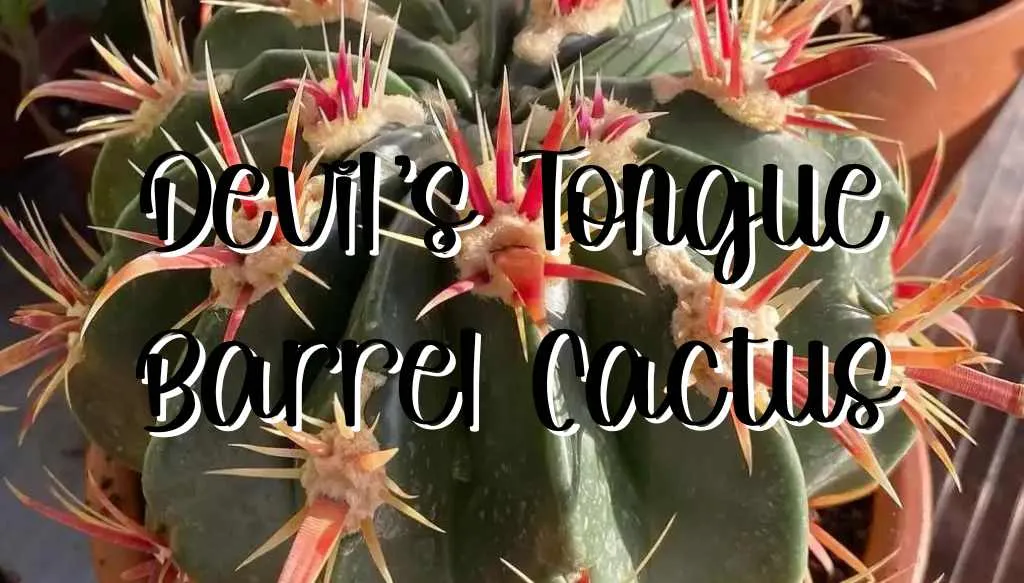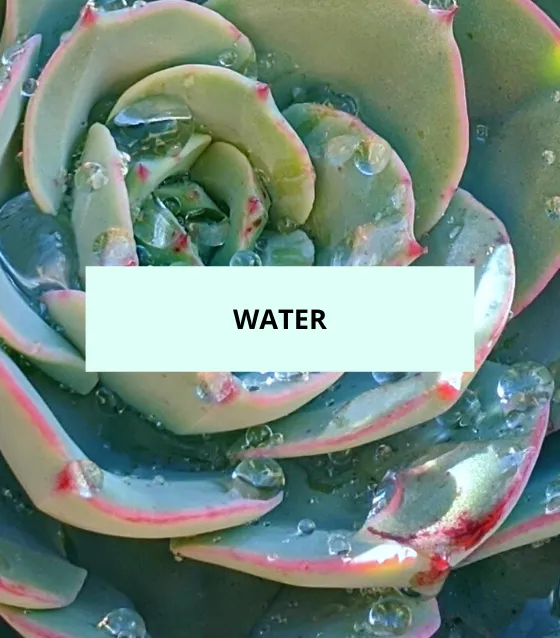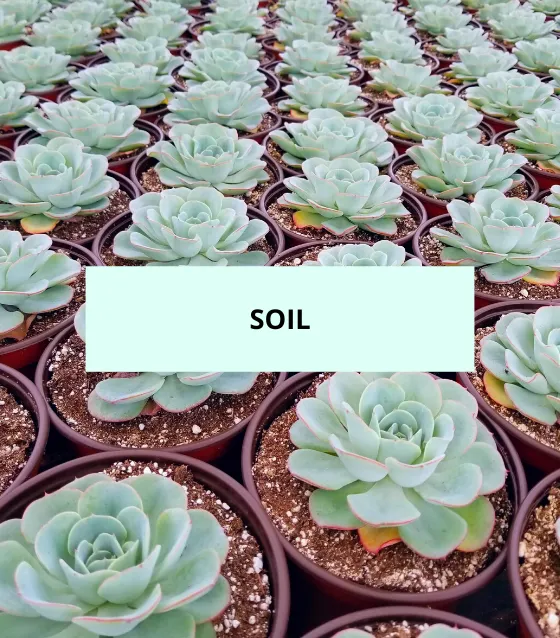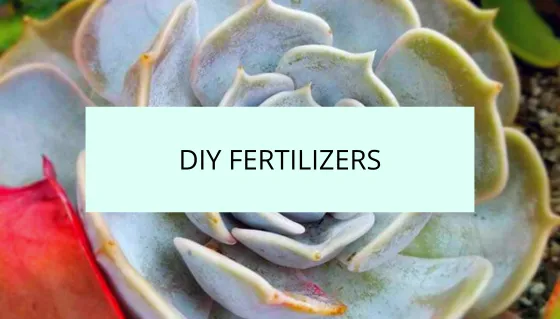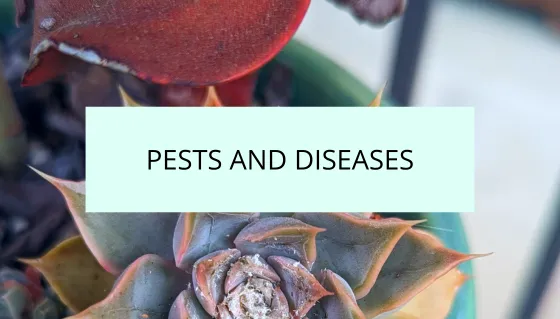Welcome to our quick guide on Ferocactus latispinus ‘Devil’s Tongue Barrel Cactus!’ If you’re a succulent lover, you’ll be fascinated by the unique characteristics of this remarkable plant. In this article, we’ll explore the appearance, growth, blooming, toxicity, and propagation methods of the Devil’s Tongue Barrel Cactus. So, let’s dive in and discover what makes this succulent so intriguing.
Dig in!
Appearance and Growth
The Devil’s Tongue Barrel Cactus, scientifically known as Ferocactus latispinus, is a visually striking cactus with a distinctive barrel-like shape. It features a solitary, rounded stem that gradually tapers towards the top, resembling a stout column. The stem is covered in prominent ribs, which give it a grooved and textured appearance.
The spines of the Devil’s Tongue Barrel Cactus are its defining feature. They are long, curved, and needle-like, ranging in color from yellow to reddish-brown. These spines radiate from the areoles along the ribs, creating a formidable defense against potential threats.
In terms of size, the Devil’s Tongue Barrel Cactus can grow to a height of about 2 to 3 feet (60 to 90 cm) and a diameter of approximately 1 to 2 feet (30 to 60 cm). It is a relatively compact cactus, making it suitable for both indoor and outdoor cultivation.

Consider amending your soil with Bonsai Jack’s gritty mix to ensure your succulent soil drains quickly to prevent it from staying moist for too long. Source: Etsy
Flower Color and Blooming Season
The Devil’s Tongue Barrel Cactus produces stunning, funnel-shaped flowers that emerge from the crown of the plant. The flowers are typically a vibrant shade of yellow or orange, which contrasts beautifully against the cactus’s green stem and spines. The petals are delicate and can have a slightly ruffled appearance.
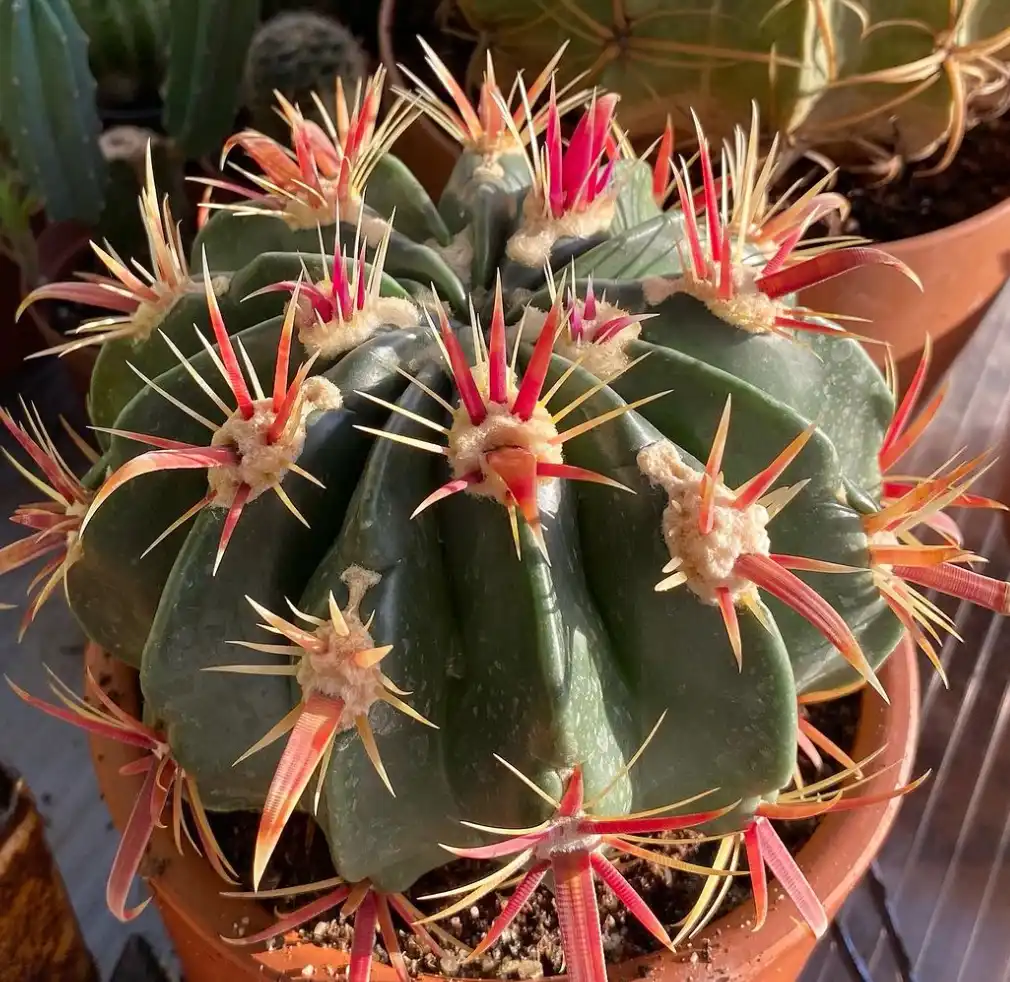
As for the blooming season, the Devil’s Tongue Barrel Cactus usually flowers during the spring and summer months. The exact timing may vary depending on the growing conditions and maturity of the plant. When the cactus reaches its blooming stage, it rewards you with a spectacular display of vibrant flowers, attracting pollinators such as bees and butterflies.
Toxicity
When it comes to the toxicity of the Devil’s Tongue Barrel Cactus, it is generally considered non-toxic to cats, dogs, and humans. However, it’s important to exercise caution due to the cactus’s sharp spines. The spines can cause physical harm, such as puncture wounds or irritation, if handled without care. It’s advisable to wear gloves or use protective tools when handling this cactus to avoid any injuries.
As an Amazon Associate I earn from qualifying purchases at no additional cost to you.
Fix the pest problem on your succulents and cacti with these popular insecticides.
Propagation Methods
If you’re interested in propagating the Devil’s Tongue Barrel Cactus, here are a few methods you can try:
- Seeds: Propagating from seeds is a common method for the Devil’s Tongue Barrel Cactus. Collect mature seeds from the fruit of the cactus, which typically develops after flowering. Sow the seeds in well-draining soil, covering them lightly. Keep the soil slightly moist and provide warmth and indirect light. Germination can take several weeks or even months, but with patience and proper care, new seedlings will emerge.
- Offsets: The Devil’s Tongue Barrel Cactus produces offsets, also known as “pups,” around its base. These offsets can be gently separated from the main plant when they have developed their own root system. Carefully remove the offset, ensuring it has some roots intact, and plant it in well-draining soil. Water sparingly at first and gradually increase the frequency as the new plant establishes itself.
- Stem Cuttings: Stem cuttings can also be used to propagate the Devil’s Tongue Barrel Cactus. Select a healthy stem and use a clean, sharp knife to cut a section that is a few inches long. Allow the cutting to dry and callus for a few days. Once calloused, plant the stem cutting in well-draining soil, burying it partially. Ensure the soil is slightly moist and provide indirect light. Over time, the cutting will develop roots and grow into a new plant.
By utilizing these propagation methods, you can expand your collection of Devil’s Tongue Barrel Cacti and enjoy the striking beauty of this unique succulent.
When you’re rooting or transplanting your succulents and cacti, use SUPERthrive to help reduce the chance of transplant shock and grow a strong root system.
The Devil’s Tongue Barrel Cactus, with its barrel-like shape, long spines, and vibrant flowers, is a captivating addition to any succulent collection or desert-themed garden. While it is generally non-toxic, it’s important to handle the cactus with care due to its sharp spines. Whether you choose to propagate through seeds, offsets, or stem cuttings, the propagation process can be rewarding for succulent enthusiasts. Consider adding the Devil’s Tongue Barrel Cactus to your collection and appreciate the allure it brings to your indoor or outdoor spaces.

